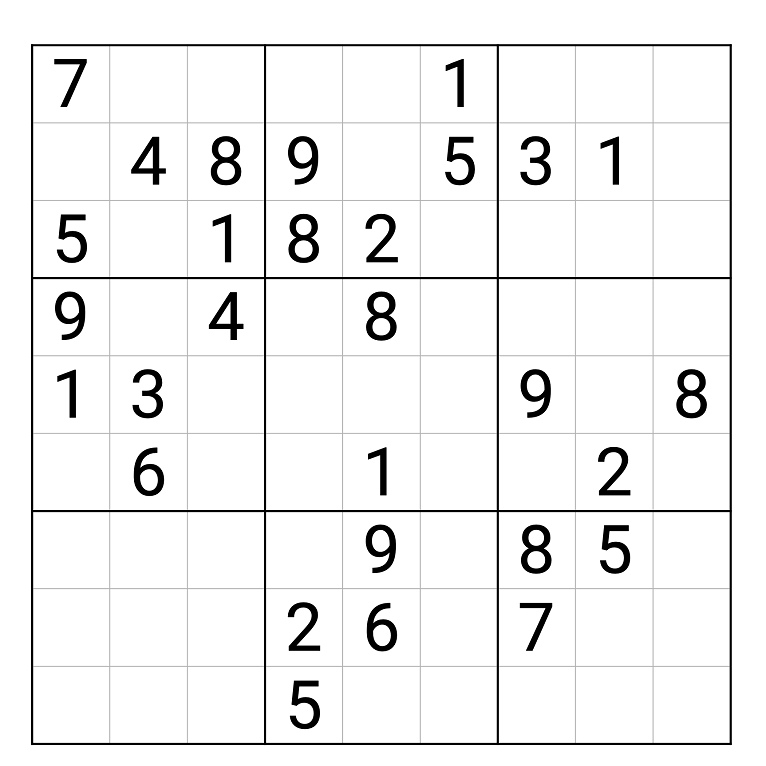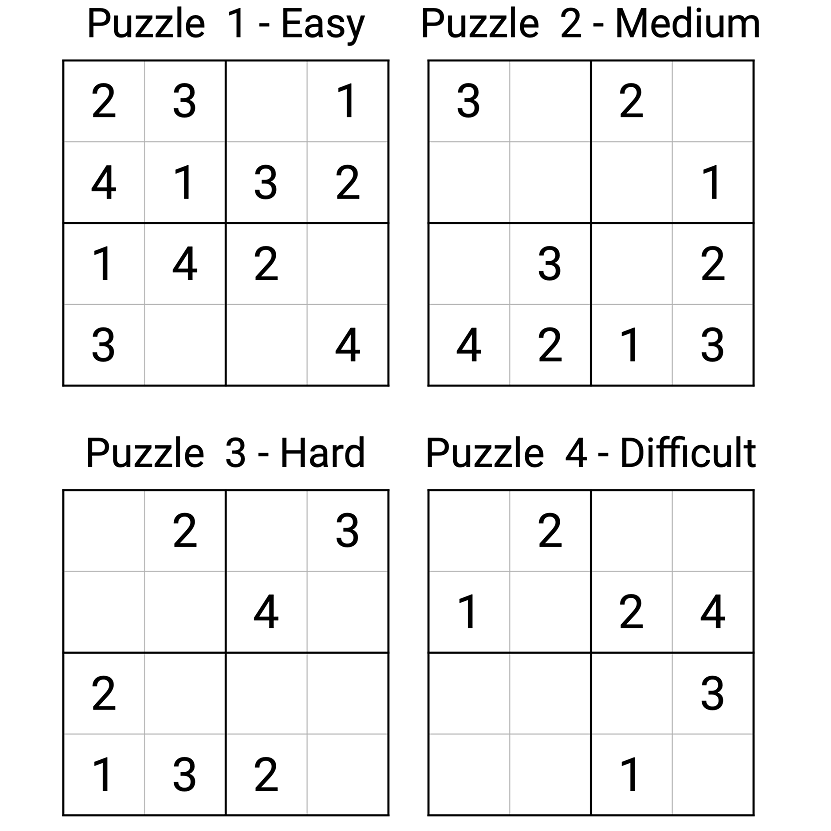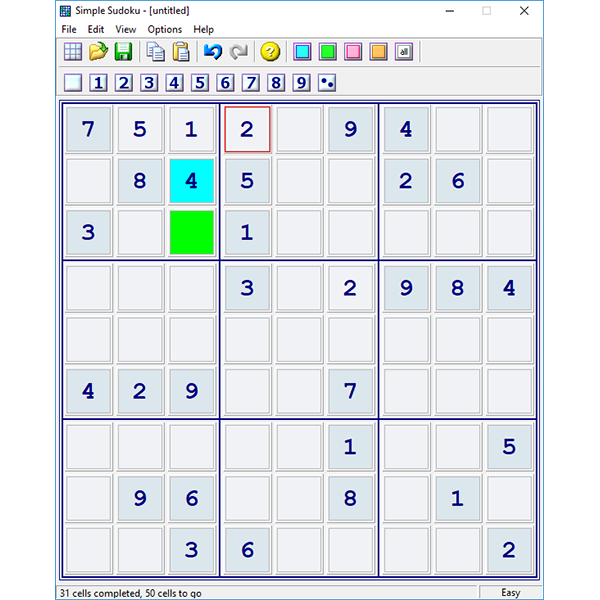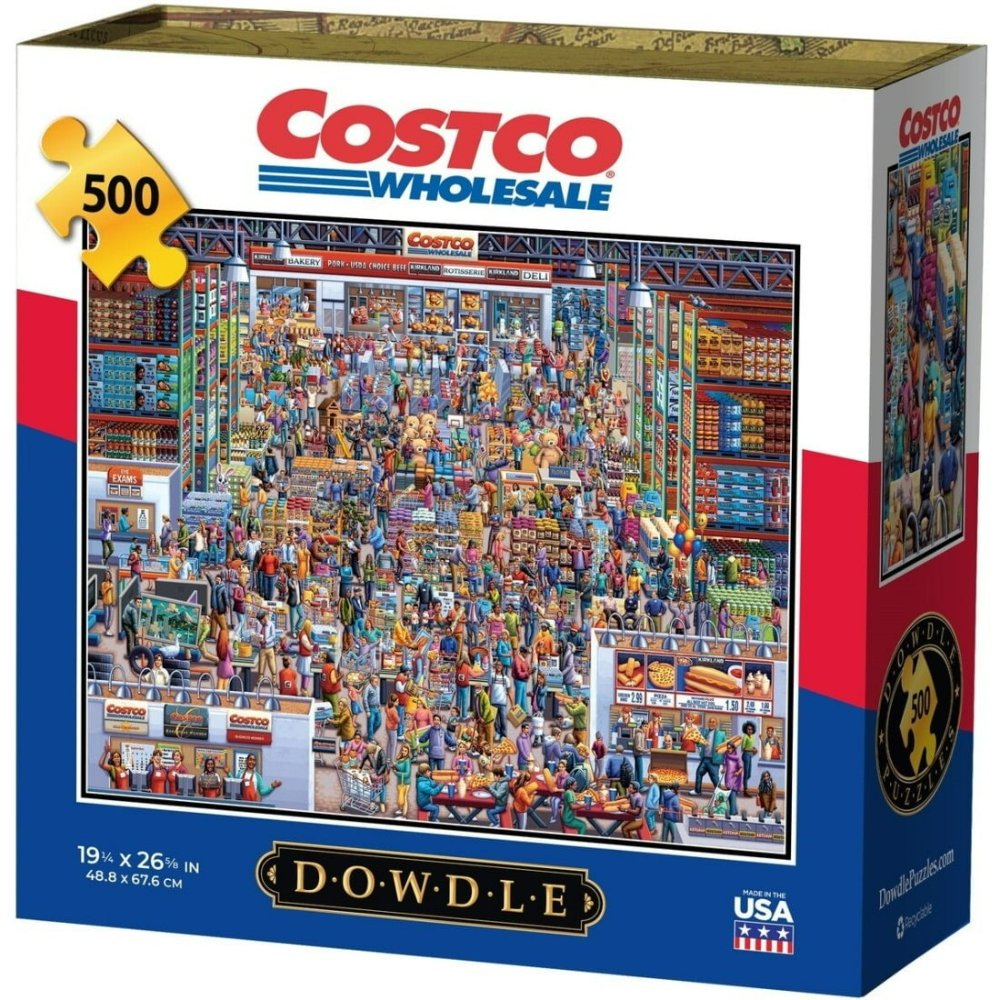Introduction to Sudoku Creation
The journey of a sudoku creator starts with understanding how these puzzles capture the attention of players worldwide. Creating a sudoku isn’t just about filling in numbers; it’s an art that balances logic, challenge, and engagement. To begin, a clear grasp of sudoku rules is essential. Every puzzle consists of a 9×9 grid, divided into nine 3×3 subgrids. The goal is to fill each row, column, and subgrid with numbers from 1 to 9, without repeating any numbers within the same row, column, or subgrid.
As a sudoku creator, you’ll need to strategize the placement of numbers to develop an enjoyable and solvable puzzle. Start with a blank grid and consider the level of difficulty you aim to achieve. Remember, a well-designed puzzle has only one correct solution, which requires logic to unveil, rather than guesswork. The process involves deciding on a solution to the puzzle first and then carefully retracting numbers to create the starting grid.
It’s important to balance the grid to avoid biases towards certain numbers or patterns. Avoid too many given numbers as they can make the puzzle too easy, and too few can make it frustrating. As you gain experience, you’ll learn to gauge the right number of clues to provide.
This introduction aims to set the stage for the more detailed aspects of sudoku creation that we’ll discuss in the sections that follow, including the tools required, design considerations, puzzle testing, and more. With practice and patience, you’ll soon be crafting engaging sudoku puzzles that challenge and delight players.

Essential Tools for Crafting Sudoku Puzzles
To excel as a sudoku creator, having the right tools is as important as understanding the game‘s rules. Essential tools simplify the puzzle-making process and enhance the quality of your creations. Here are some must-haves for any aspiring sudoku puzzle designer:
- Pencil and Paper: Begin with the basics. A pencil and eraser allow for easy revisions during the initial design phase.
- Sudoku Grid Template: Use a pre-made 9×9 grid template to ensure consistency in puzzle layout. This also speeds up the process.
- Computer Software: There are various sudoku generation programs that assist in puzzle creation. They help automate the solving and provide instant feedback on the puzzle’s solvability.
- Logic Skills: In sudoku, logic reigns supreme. Sharpening your logical thinking is crucial for constructing challenging puzzles.
- Patience and Creativity: These personal tools are key in navigating the complexity of puzzle design and creating puzzles that stand out.
Equipped with these tools, you’ll be prepared to tackle the nuances of sudoku puzzle design. Whether you’re sketching out your first grid or testing a complex creation, these tools will support you in your quest to craft entertaining and engaging sudoku puzzles.
Designing a Balanced Sudoku Grid
A well-designed sudoku grid ensures a satisfying challenge for players. As a sudoku creator, focus on balance when placing numbers. Each 3×3 subgrid, row, and column should have unique numbers from 1 to 9. Start by selecting a completed grid. This ensures every rule is met from the beginning. Then, strategically remove numbers to set the puzzle’s initial state. Aim for symmetry to enhance the aesthetic appeal and fairness of your puzzle. Distribute your ‘givens’ (pre-filled numbers) evenly across the grid. An unbalanced grid might inadvertently hint at the solution or confuse players. Vary the difficulty by adjusting which and how many numbers you remove. Remember, the goal is to challenge but not frustrate. Keep all these points in check to craft a balanced and engaging sudoku experience.
Tips for Creating Challenging Puzzles
As a sudoku creator, your goal is to engage and challenge players. To craft puzzles that are both fun and challenging, consider these tips:
- Start with the Solution: Begin by solving the grid yourself. This ensures that the puzzle has a logical solution, which is a must for any challenging sudoku.
- Limit Givens: Offer fewer clues to increase the puzzle’s difficulty. The less information you provide, the more players need to think and strategize.
- Vary the Patterns: Avoid predictable patterns in the placement of givens. Random placements can make the puzzle harder to crack, keeping players intrigued.
- Introduce Unique Techniques: Use sudoku techniques like ‘X-Wing’ or ‘Swordfish’ that require advanced logic to solve. This not only spices up the gameplay but also trains players in complex solving methods.
- Balance Solvability with Difficulty: While making the sudoku tough, ensure it remains solvable without resorting to guessing. Always double-check that the puzzle can be solved logically.
By following these strategies, you can create sudoku puzzles that are the right mix of challenge and solvability, offering an enriching experience to players of all levels.
Testing and Refining Sudoku Puzzles
Testing and refining are critical steps in sudoku puzzle creation. Each puzzle must undergo rigorous scrutiny to ensure it meets the high standards required for a satisfying player experience. Here are some effective methods to test and refine your sudoku puzzles:
- Solve It Yourself: Begin by solving the puzzle without clues. This can identify potential issues.
- Computer Testing: Weave in sudoku software to test solvability and difficulty level.
- Peer Review: Pass the puzzle to fellow sudoku creators for feedback. Fresh eyes catch different flaws.
- Playtest Groups: Share the puzzle with a group of players. Observe their solving strategies and note where they struggle or lose interest.
- Iterate Puzzles: Apply feedback to make necessary adjustments. Keep refining until the balance is right.
- Difficulty Grading: Categorize puzzles by difficulty. This helps target different player abilities.
By repeatedly testing and refining, you can ensure that your puzzles are both fun and fair. The goal as a sudoku creator is to craft puzzles that challenge players just enough to keep them engaged without causing undue frustration. Make use of these strategies so that every puzzle you design is a testament to your skills and dedication to the craft.
Addressing Common Mistakes in Puzzle Design
As a sudoku creator, improving your craft involves learning from common mistakes. This process helps to refine your puzzles and enhance the player’s experience. Here are some frequent errors to watch out for:
- Repetitive Patterns: Players may get bored with puzzles that show obvious patterns. Try to mix up the layout and number placement.
- Too Many Clues: Giving too many starting numbers makes the puzzle too easy. Limit the ‘givens’ to maintain a challenge.
- Insufficient Unique Solutions: A great sudoku has one solution. Ensure your puzzle doesn’t have multiple solutions, which can confuse players.
- Lack of Testing: Not testing your puzzle can lead to unsolvable scenarios. Always solve the puzzle yourself first, then seek further validation.
- Ignoring Difficulty Levels: Different players have different skill levels. Be clear on the difficulty of your puzzle and cater to a range of abilities.
- Failing to Balance: An unbalanced grid can give away the solution or make solving tedious. Keep an eye on symmetry and the spread of numbers.
- Neglecting the Aesthetics: Sudoku is visual. A clean, symmetrical design makes the puzzle more appealing and approachable.
By addressing these issues, you can create better, more engaging sudoku puzzles. Remember to keep practicing and learning. Your goal as a sudoku creator is to provide a stimulating and enjoyable experience for all puzzle enthusiasts.
Advantages of Using Sudoku Generation Software
The use of sudoku generation software offers remarkable benefits for any sudoku creator. These tools automate several aspects of puzzle design, significantly reducing the time and effort required to craft complex puzzles. Here are the main advantages:
- Efficient Puzzle Creation: Sudoku software speeds up the process of generating puzzles. You can create multiple puzzles in moments.
- Error Reduction: The software minimizes human errors. It ensures the puzzles meet all sudoku rules before completion.
- Complexity Control: Easily adjust the difficulty levels. This customization allows creators to design puzzles for all player levels.
- Instant Feedback: Get immediate feedback on the solvability of your puzzles. This helps in refining them on the go.
- Pattern Variety: Software can help introduce a diverse range of number patterns. This keeps puzzles challenging and engaging.
- Time-Saving: Focus more on creative aspects than routine calculations. The software handles the tedious part efficiently.
Using sudoku generation software not only enhances the quality of the puzzles but also allows creators to experiment with new puzzle types and complexities. It’s a vital tool for both novice and experienced sudoku creators striving to innovate and captivate the puzzling community.
Sharing and Publishing Your Sudoku Puzzles
Once you master sudoku creation, it’s natural to share your work. Publishing your sudoku puzzles allows players globally to engage with your creations. Here’s how to effectively share and publish your puzzles.
Choose the Right Platforms
Select platforms that cater to puzzle enthusiasts. Popular options include puzzle magazines, online puzzle forums, and mobile app stores. Online platforms are a good choice as they reach a wide audience.
Format Your Puzzles Properly
Ensure your puzzles are presented clearly. Use a standard grid format and provide clear instructions. If publishing online, ensure the puzzles are mobile-friendly.
Gather Feedback
Collect opinions from players. This feedback helps improve future puzzles. Use surveys or encourage comments on social media and puzzle forums.
Monetize Your Creations
Consider monetizing your puzzles. This can be through a subscription model on apps or selling puzzle books. Ads on free puzzles can also generate income.
Protect Your Work
If your puzzles are unique, think about copyright. Copyright protects your puzzles from being used without permission. This ensures you receive recognition and potential royalties.
By following these steps, you can effectively share and publish your sudoku puzzles, reaching a wide audience and possibly even turning your passion into profit.




